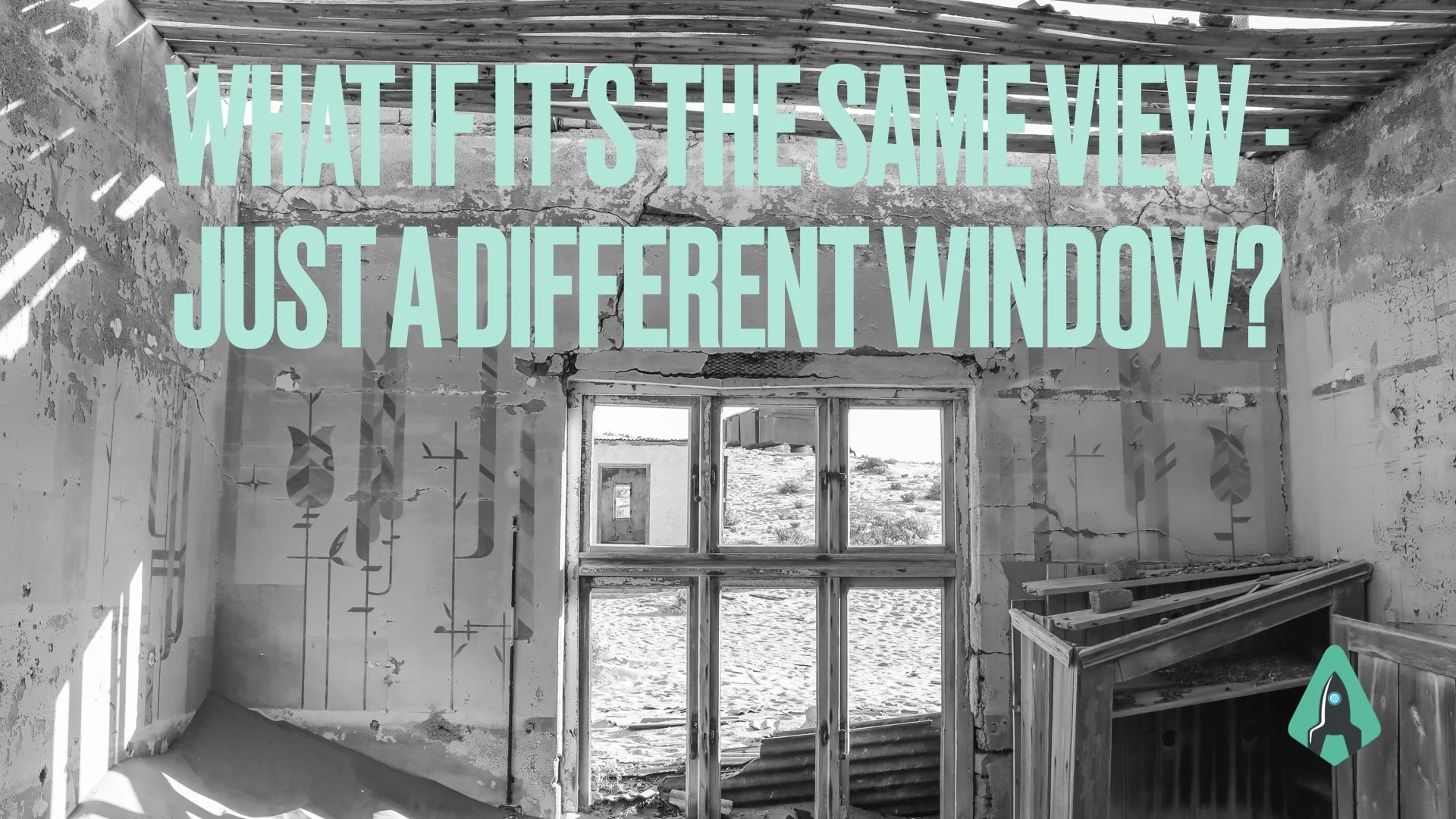Maybe We’re Just Looking Through Different Windows
“They just don’t get it.”
If you’ve ever thought this in a team meeting, you’re not alone.
But what if the problem isn’t understanding — it’s perspective?
We’ve all experienced it:
A new project is introduced. The objective is clear. The expectations are aligned.
And yet… the reactions couldn’t be more different.
🎯 One team member sees a big opportunity.
⚠️ Another warns of potential risks.
🤐 Someone withdraws.
🔧 Another wants to fix things immediately.
📣 One colleague pushes back passionately.
😌 And someone just stays relaxed and waits to see what unfolds.
Same situation. Same context. So why such wildly different responses?
Because we’re not just reacting to facts — we’re reacting from inner stances.
The Lens Behind Our Behavior
Martin Permantier calls these inner stances attitudes — mental and emotional filters shaped by our values, needs, and past experiences. They color how we interpret information and determine how we respond to it.
Some of us approach situations from a need for safety. Others from a need for recognition, efficiency, or self-expression.
These needs aren’t wrong — they’re human. But they influence what we perceive as a threat, an opportunity, or a challenge.
That’s where Permantier’s Haltungsmodell comes in.
It’s a powerful tool for understanding these underlying stances — and for recognizing that in many team conflicts, it’s not about right or wrong.
It’s about different people looking at the same thing from different windows.
From Conflict to Curiosity
When collaboration falters, we often default to blame or frustration:
“Why are they overreacting?”
“Why can’t they see the obvious?”
“Why are they always so negative?”
But what if we paused and asked instead:
🔍 “What need is driving this reaction — theirs or mine?”
🪟 “Which window are we each looking through right now?”
This shift — from assumption to exploration — creates space for empathy.
And in that space, true collaboration becomes possible.
Moving Forward as a Team
Understanding different attitudes doesn't mean avoiding disagreement.
It means naming what's underneath it — and using that awareness to bridge gaps.
Try it in your next team session:
Reflect on your own reactions.
Invite others to share how they experience the same situation.
Acknowledge the different “windows” — without needing to change them right away.
Because teamwork gets easier when we stop assuming bad intent — and start recognizing the inner maps we all carry.
Final Thought
In times of pressure, we’re often tempted to push for alignment through persuasion or authority.
But the most sustainable alignment comes from something quieter:
Seeing each other more clearly.
And that starts with a simple insight:
“Maybe we’re just looking through different windows.”

